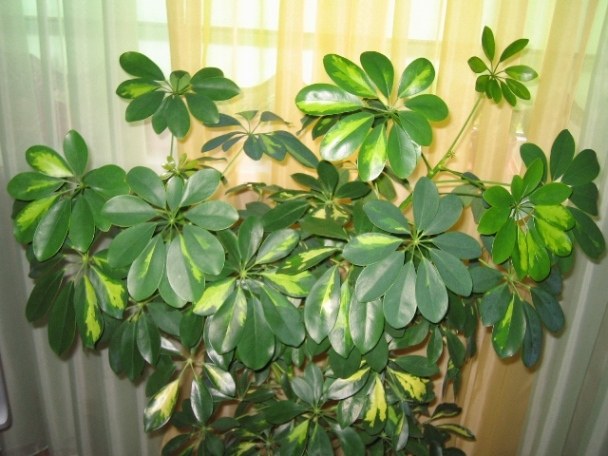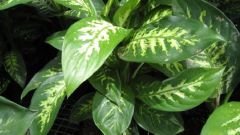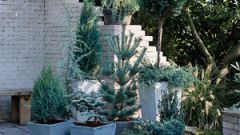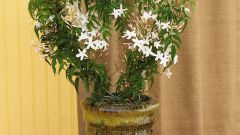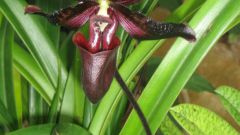You will need
- - grunt "universal",
- - pots,
- - water,
- - drainage.
Instruction
1
First find out whether you need to transplant your shefflera. Scheffler, the young plants are transplanted each year because they are actively growing and quickly fill the small pot with its roots. Older plants that are already relatively formed, need transplanting every two or three years. If you still have any doubts, you can do the following: sheflera, remove from the pot and inspect its root system. If you see that the roots envelop the bottom and the earth there are very few – it's time to transplant. If the roots a little bit and the earthen room still free – you can still wait.
2
Start transplanting from training pot. Scheffler, the young plants are transplanted with partial replacement of earthen coma. The larger the pot, pour drainage and fresh earth so that after planting the plants roots are not protruding outside the new pot. Gently pull sheflera from her old home, remove excess ground and transplant. It is very important that the root system had the ability to grow in the new pot, so plant a plant on a layer of soil, not drainage, slightly covered with earth. After transplanting, the plant must be tightly secured to the pot are not formed voids and roots can tightly stuck to the earth, and plenty of water.
3
A very large Scheffler transplanted without replacing the soil clod. Just remove the plant from the pot and transfer to another, slightly larger. Do not forget that the drainage in the pot should be in any case. Sometimes, if for any reason the replacement of the soil clod is impossible, it is advisable to replace the top layer of soil. Be careful not to damage the roots, remove the top layer of soil in the pot about 10 cm and pour on top of new fertile soil. Often the top layer of soil in the pot is compressed, impeding the circulation of water and air to the roots. Replacement of this layer is more loose and fertile sheflera has significant health benefits.
Note
Some growers are starting to fertilize sheflera immediately after transplanting so that the plant better survive this unpleasant process. You should not do that. Fertilizer can be made not earlier than one month after the transplantation, and only in the case if you see that schefflera does not hurt and feels good.
Useful advice
Transplant agave grows well in a conventional universal primer. Also perfect for her land with the notation "for trees" or "dekorativnolistnye plants"
